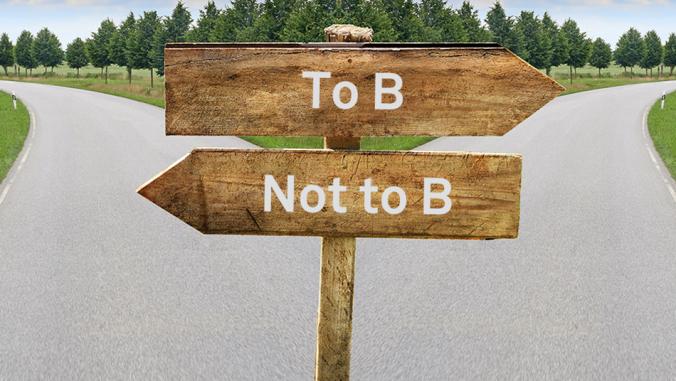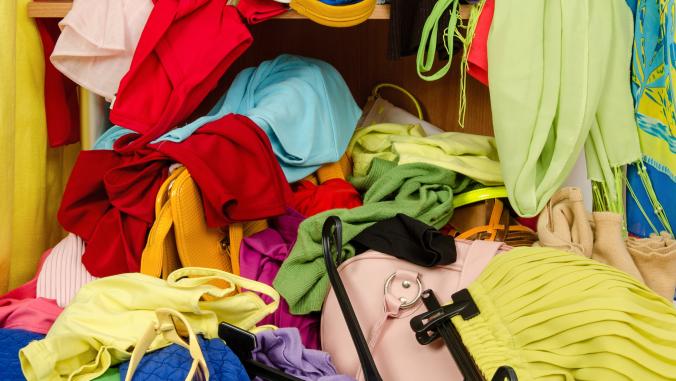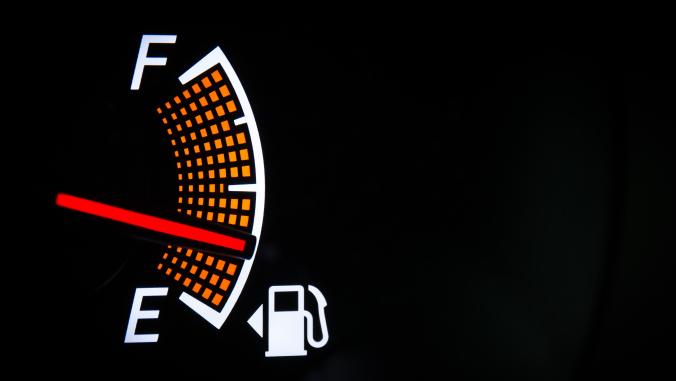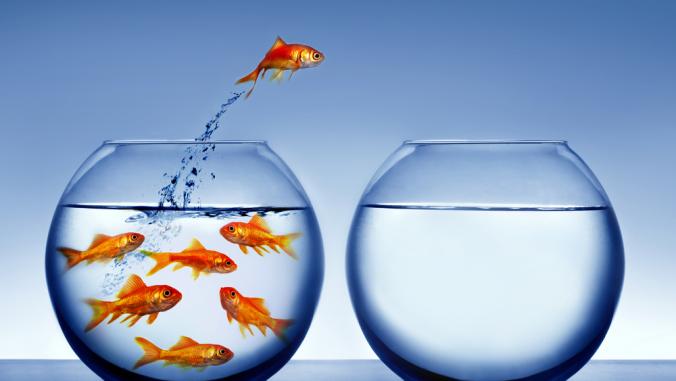When it comes to making toys greener, Walmart isn't playing around
<p>Walmart wants to improve the sustainability of plastic toys. Is it playing well with others?</p>

This is the third in a series of stories about Walmart's supplier sustainability index. An overview is here, and a story about flour, bread and agriculture is here. Today's topic: plastic toys.
Walmart wants to improve the sustainability of plastic toys. The giant retailer isn't playing around.
Specifically, the company wants to improve the safety of workers who make the toys. It also wants to make sure that manufacturers are taking steps to use fewer so-called "chemicals of concern" in toys. It would like suppliers to deal with any issues raised when kids outgrow Barbie or GI Joe and throw them away. If paper or wood goes into toy packaging, Walmart wants to know whether it is "sourced in accordance with a credible certification system that addresses ecosystem impacts and biodiversity."
Some critics think Walmart is taking this too far. That's what this story is about.
Walmart's supplier sustainability index, which is being rolled out to thousands of suppliers, is the biggest environmental initiative in the company's history. It likely will do enormous good, requiring companies that make consumer products to examine their environmental impacts in ways they never have done before. But the index also raises questions about how the world's largest retailer (2012 revenues: $469 billion) is exercising its market power.
Consider, as an example, PVC, or polyvinyl chloride plastic, commonly known as vinyl. It's a widely used plastic that shows up in toys, including such iconic plastic toys as Hasbro's My Little Pony and Mattel's Barbie. It can be made soft or rigid. It is rugged, moldable, low-cost and excellent at holding color.
What, if anything, is wrong with PVCs? That depends on who you ask.
Greenpeace has campaigned for a decade against PVCs. It says: "This commonplace plastic is one of the most toxic substances saturating our planet and its inhabitants. PVC contaminates humans and the environment throughout its lifecycle: during its production, use, and disposal."
The Vinyl Institute, an industry group, strongly disagrees. "Vinyl’s been used safely since the 1950s, including in medical products that have been approved by the FDA, pipes that are used to deliver drinking water and consumer products that are approved by the Consumer Product Safety Commission," says Allen Blakey, vice president of industry and government affairs. Whether the issue is manufacturing or disposal, the environmental and health issues raised about PVCs are manageable, he said.
And Walmart? Here things get fuzzy. Walmart's supplier sustainability index, based on "hotspots" identified by The Sustainability Consortium, encourages toymakers to manage their use of PVCs. (Here is a PDF of questions that The Sustainability Consortium has raised about plastic toys. Note that the first is about PVCs.) It's safe to assume that suppliers that respond that "we are actively eliminating PVC from our products" will score higher than those who do not.
But why?
And isn't there risk when Walmart takes on a role ordinarily left to government regulators who, at least in theory, are accountable to the public?
Michelle Harvey of the Environmental Defense Fund, who works closely with Walmart, says the sustainability index is important precisely because it can push industries to go beyond what they are required by law to do.
“If a retailer has the capacity to move a category in a way that’s better for consumers, for workers, for the planet, I don’t see that as being problematic," she said. "That’s why we’re in Bentonville.”
The trouble is, Walmart doesn't have to hold hearings or invite public comment before laying out its goals.
The Vinyl Institute's Blakey says: “We were never asked to engage or provide data into the process."
Even now, it's hard to know what, exactly, troubles Walmart about PVCs. By email, Kevin Dooley, a professor of supply-chain management at Arizona State University and academic director of research at The Sustainability Consortium, told me:
In investigating the life cycle of plastic toys, TSC found several publications in the literature that document the increased incidence of cancer for workers in PVC manufacturing. Our stakeholders noted that many of the studies were relatively old, which is true, and that modern production facilities have equipment and processes that reduce or eliminate these risks, so TSC's improvement opportunity for this issue focuses on the Environmental Health & Safety systems that the PVC manufacturer has in place.
If the focus is health and safety in manufacturing, though, it's not clear why suppliers would be asked whether they are "actively eliminating PVCs."
To see what the world's big toymakers think about this, I reached out to Mattel, LEGO and Hasbro. Mattel declined to be interviewed, and sent me this statement about PVC:
As one of the most highly-tested plastics in the world, PVC meets international standards for safety and health. It is an extremely versatile material that is durable, safe and easy to clean. It is also more resistant to stress marks from impacts and flexation compared to other alternative plastics. Our evaluations to date of alternative plastics have not identified a material that is able meet all of Mattel’s quality, safety, aesthetic, supply-chain and cost requirements, while at the same time exhibiting improved environmental attributes.
So Mattel is sticking with PVCs.
For its part, LEGO says the company has worked for decades to eliminate PVCs, as well as phthalates — another controversial chemical, often added to plastics to make them more flexible — from its toys. "As a result," a spokesman said by email, "the LEGO Group’s toys do not contain these substances today."
Hasbro, meanwhile, is somewhere in the middle. Kathrin Belliveau, Hasbro's vice president of corporate responsibility, told me by phone that PVCs pose a challenge for toymakers. Hasbro promised in 2011 to eliminate PVC from “all new core toy and game packaging beginning in 2013" (as I reported here) but it isn't ready to get PVC out of the toys themselves.
“That one is definitely more difficult," Belliveau told me. "We are looking at alternate materials.”
What Hasbro cannot do, she said, is compromise on the quality and appeal of its toys. "We don't think many kids want a doll ... with a seam that runs down the middle of its head," she said.
Among the big toymakers, Hasbro appears to best positioned to benefit from the Walmart index. Belliveau says she has been told — and Walmart insiders confirmed to me — that Hasbro is one of the top-ranked toymakers, outperforming big and small rivals. LEGO is not far behind, and Mattel trails them both. All three are well ahead of a pack of laggards that includes Slinky and Crayola, insiders say, along with a long list of B-to-B suppliers whose names would be unknown outside the industry.
These non-brand-name companies will get a wake-up call on sustainability, while better known firms such as Mattel and LEGO will be rewarded, it seems.
"We're excited about the index," Hasbro's Belliveau told me, in part because "it's a great way to benchmark our programs and progress."
Walmart isn't making the company rankings public.
That's understandable, but the company should be clear and forthright about the science that guides the rankings and the index. When it comes to PVCs, the big retailer still has some explaining to do.
Image of Barbie via Mattel.com





